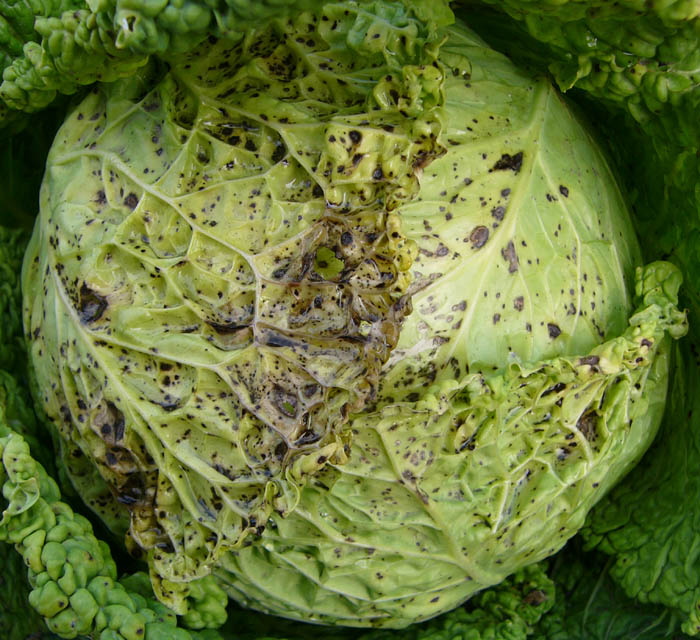Tymoviridae on:
[Wikipedia]
[Google]
[Amazon]
 ''Tymoviridae'' is a family of single-stranded positive sense
''Tymoviridae'' is a family of single-stranded positive sense
University of Leicester Microbiology
ICTV
UniProt Taxonomy
{{Taxonbar, from=Q6729 Virus families
 ''Tymoviridae'' is a family of single-stranded positive sense
''Tymoviridae'' is a family of single-stranded positive sense RNA
Ribonucleic acid (RNA) is a polymeric molecule that is essential for most biological functions, either by performing the function itself (non-coding RNA) or by forming a template for the production of proteins (messenger RNA). RNA and deoxyrib ...
viruses
A virus is a submicroscopic infectious agent that replicates only inside the living cells of an organism. Viruses infect all life forms, from animals and plants to microorganisms, including bacteria and archaea. Viruses are found in almo ...
in the order '' Tymovirales''. Plants serve as natural hosts. The feamily has three genera.
Taxonomy
The family includes the following three genera: * '' Maculavirus'' * '' Marafivirus'' * '' Tymovirus''Proposed viruses
* Culex tymovirusWang L, Lv X, Zhai Y, Fu S, Wang D, Rayner S, Tang Q, Liang G (2012) Genomic characterization of a novel virus of the family tymoviridae isolated from mosquitoes. PLoS One 7(7):e39845. * Fig fleck-associated virusVirology
The virions are non-enveloped and isometric with a diameter of around 30 nm, with an icosahedral structure and atriangulation number
A capsid is the protein shell of a virus, enclosing its genetic material. It consists of several oligomeric (repeating) structural subunits made of protein called protomers. The observable 3-dimensional morphological subunits, which may or ma ...
T=3.
The linear genome
A genome is all the genetic information of an organism. It consists of nucleotide sequences of DNA (or RNA in RNA viruses). The nuclear genome includes protein-coding genes and non-coding genes, other functional regions of the genome such as ...
is between of 6–7.5 kilobases in length and encodes one large open reading frame
In molecular biology, reading frames are defined as spans of DNA sequence between the start and stop codons. Usually, this is considered within a studied region of a prokaryotic DNA sequence, where only one of the six possible reading frames ...
. It is capped at the 5’ terminus. The 3’ terminus may have a tRNA
Transfer ribonucleic acid (tRNA), formerly referred to as soluble ribonucleic acid (sRNA), is an adaptor molecule composed of RNA, typically 76 to 90 nucleotides in length (in eukaryotes). In a cell, it provides the physical link between the gene ...
-like structure or a polyA tract, depending upon the species. The genome is relatively cytosine
Cytosine () (symbol C or Cyt) is one of the four nucleotide bases found in DNA and RNA, along with adenine, guanine, and thymine ( uracil in RNA). It is a pyrimidine derivative, with a heterocyclic aromatic ring and two substituents attac ...
rich.
Life cycle
Viral replication is cytoplasmic, and is lysogenic. Entry into the host cell is achieved by penetration into the host cell. Replication follows the positive stranded RNA virus replication model. Positive stranded RNA virus transcription is the method of transcription. Translation takes place by leaky scanning. The virus exits the host cell by monopartite non-tubule guided viral movement. Plants serve as the natural host. The virus is transmitted via a vector (insects). Transmission routes are vector and mechanical.References
Further reading
* Martelli GP. Sabanadzovic S. Abou-Ghanem Sabanadzovic N. Edwards MC. Dreher T. (2002). The family ''Tymoviridae''. ''Archives of Virology''. 147(9):1837-46University of Leicester Microbiology
External links
ICTV
UniProt Taxonomy
{{Taxonbar, from=Q6729 Virus families